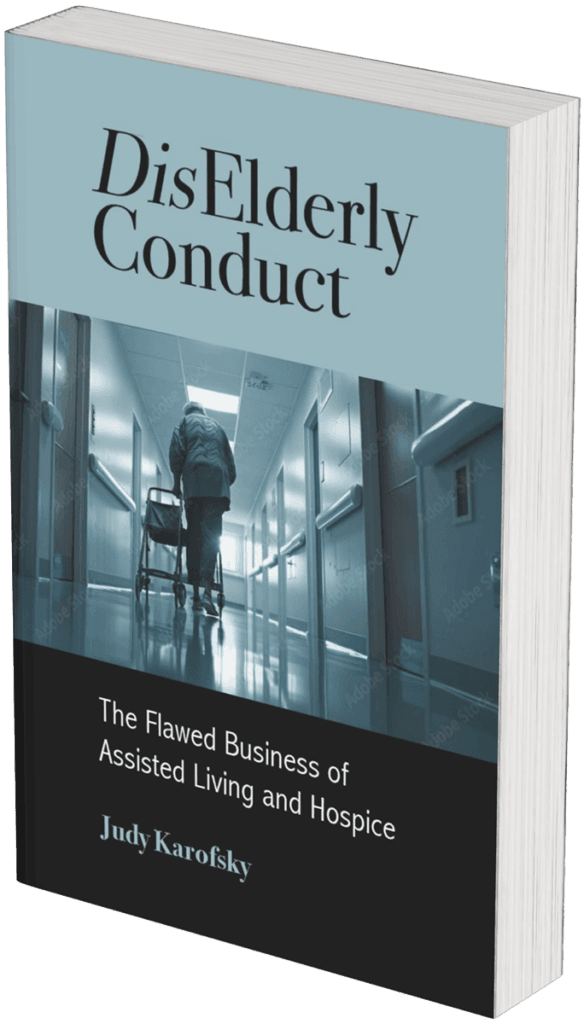Background
We are currently experiencing the future of eldercare that was predicted in the early years of the twenty-first century: Baby boomers are entering their eighties, and Generation Xers—in their forties and fifties—are making long-term care decisions for boomer parents.
Prologue
For those asking questions about the American system of eldercare, the author’s mother’s story presents a cautionary tale.
Nowhere to Die
In a span of four and a half years, the author’s mother moved between six different assisted living residences, within four municipalities, all in one county.
Dinner is Served
Although food and food service should provide a sense of well-being, a pattern for the day, and a source of joy, the author’s mother frequently and repeatedly dined on grilled cheese and tomato sandwiches.
Bait and Switch
While assisted living facilities multiply and become increasingly competitive, all advertising campaigns targeted at seniors and responsible children have begun to look the same.
Care Crisis
Demand for eldercare services has grown with the aging of the population, but the supply of trained, well-paid caregivers has not kept pace.
Hospice
“Hospice,” from the Latin word hospes, encompasses dual concepts: health and hospitality. For the author’s mother, neither goal was met.
End of Life
On February 21, 2018, the author took her mother to a geriatric clinic for what would be the last time.
Afterword
The author and her mother contributed the last words.
Conclusion
This book mirrors trends in long-term care and the broader housing market for the early decades of the twenty-first century. Reflecting on her mother’s experience and a dismal record of illness and death in long-term care facilities during the pandemic, the author calls for comprehensive federal and state oversight over development, financing, and management of the assisted living industry and hospice organizations.
